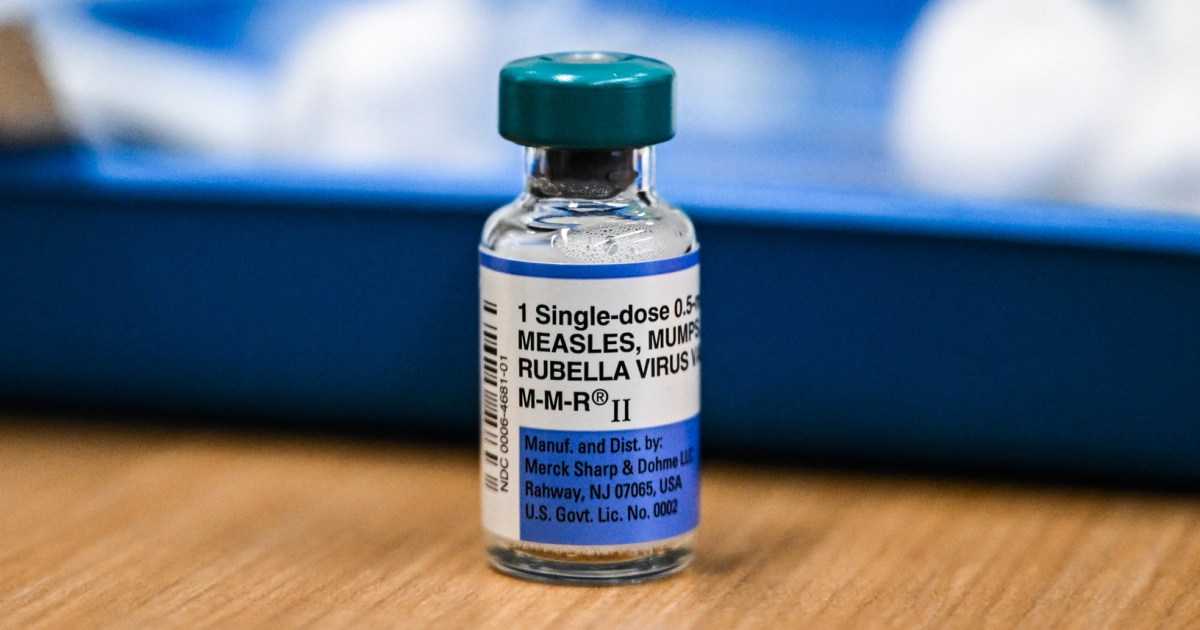Measles Outbreak: Essential Strategies to Protect Yourself and Your Family
Measles cases are surging globally, prompting health officials to urge immediate action. This highly contagious viral disease, which spreads through airborne droplets, has seen a 300% increase in reported infections compared to last year. Vulnerable populations—including unvaccinated children, pregnant women, and immunocompromised individuals—face the highest risks. Vaccination, hygiene practices, and public awareness remain the most effective defenses. Here’s how to stay safe.
Why Measles Poses a Serious Health Threat
Measles isn’t just a childhood rash; it can lead to severe complications such as pneumonia, encephalitis, and even death. According to the World Health Organization (WHO), over 140,000 measles-related deaths occurred worldwide in 2022, mostly among children under five. The virus spreads rapidly, with one infected person capable of transmitting it to 12–18 others in an unvaccinated population.
Dr. Elena Martinez, an infectious disease specialist at Johns Hopkins University, warns, “Measles is one of the most contagious pathogens we know. Even brief exposure in a shared space like an airport or school can trigger an outbreak.” Recent clusters in communities with low vaccination rates underscore this vulnerability.
The Critical Role of Vaccination
The measles-mumps-rubella (MMR) vaccine is 97% effective at preventing infection after two doses. Despite this, vaccine hesitancy and missed immunizations during the COVID-19 pandemic have left gaps in herd immunity. CDC data shows that 95% vaccination coverage is needed to prevent outbreaks—yet only 81% of U.S. children aged 2 received both doses in 2023.
- Check your records: Verify your family’s vaccination status with a healthcare provider.
- Schedule catch-up doses: The MMR vaccine can be administered at any age.
- Travel precautions: Over half of recent U.S. cases were linked to international travel.
Recognizing Symptoms and Early Intervention
Measles begins with fever, cough, and red, watery eyes, followed by a distinctive red-brown rash 3–5 days later. If you suspect exposure, isolate immediately and contact a doctor. “Early diagnosis reduces transmission risks,” notes Dr. Raj Patel of the WHO’s Immunization Program. Rapid testing and post-exposure prophylaxis (PEP) within 72 hours can mitigate severity.
Debunking Myths and Addressing Vaccine Hesitancy
Misinformation about vaccine safety persists, but decades of research confirm the MMR vaccine’s safety. A 2019 study in Annals of Internal Medicine analyzing 650,000 children found no link to autism. Public health campaigns are combatting myths through community outreach and trusted messengers, like pediatricians.
Community and Policy-Level Measures
Schools and workplaces are reinstating pre-pandemic vaccine requirements, while some states have eliminated non-medical exemptions. Meanwhile, global initiatives like the WHO’s Immunization Agenda 2030 aim to boost coverage in underserved regions. “Outbreaks anywhere threaten progress everywhere,” says Dr. Patel.
What Comes Next: Staying Vigilant
With measles resurging, proactive measures are non-negotiable. Schedule vaccinations, educate others, and support policies that prioritize public health. For real-time updates, visit the CDC’s measles resource page. Collective action can turn the tide—before more lives are at risk.
See more WebMD Network


